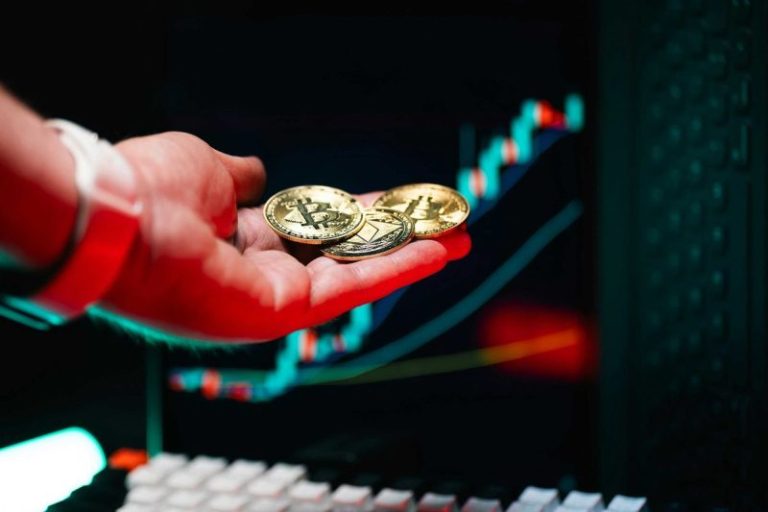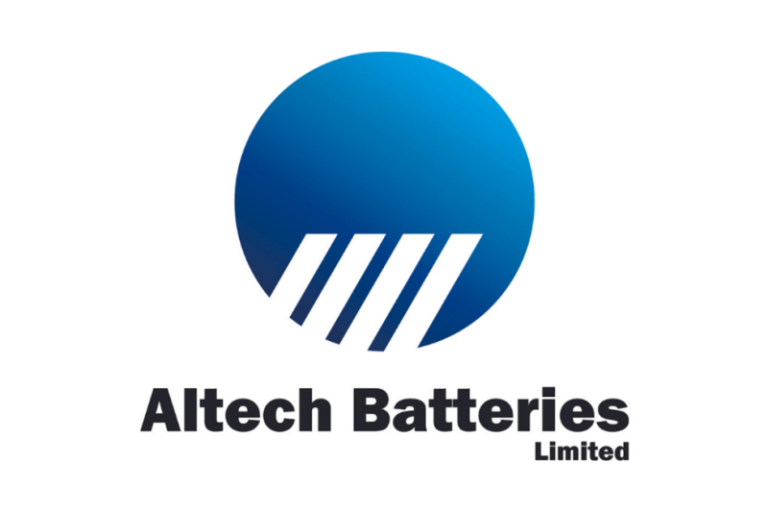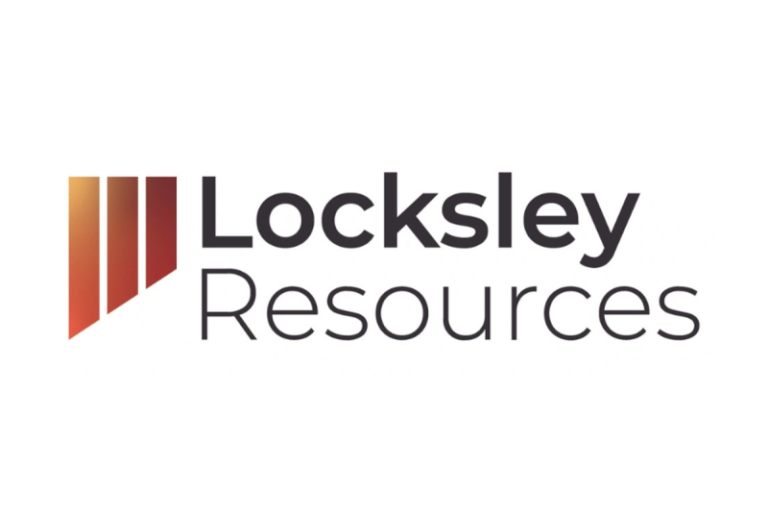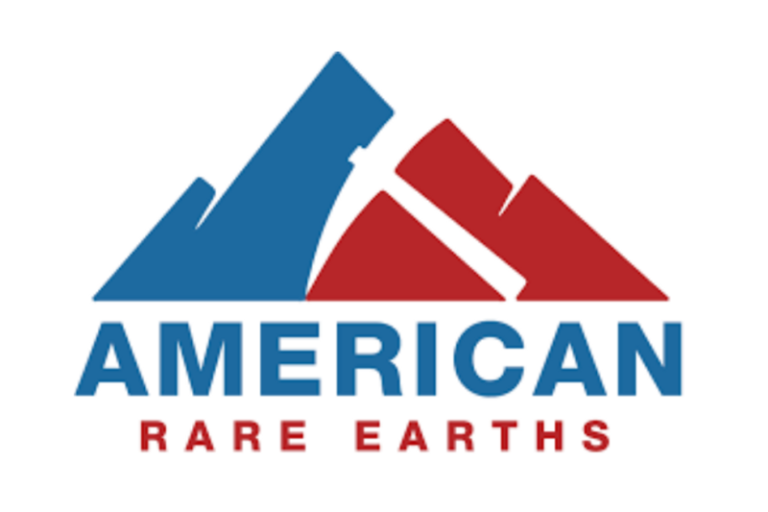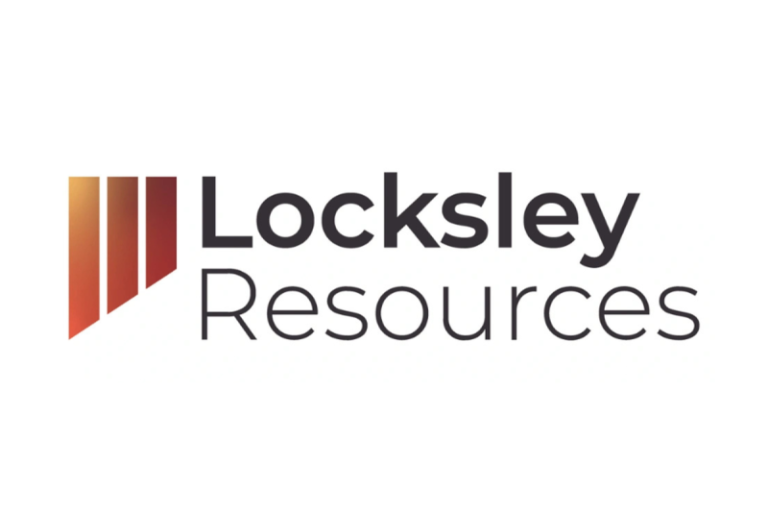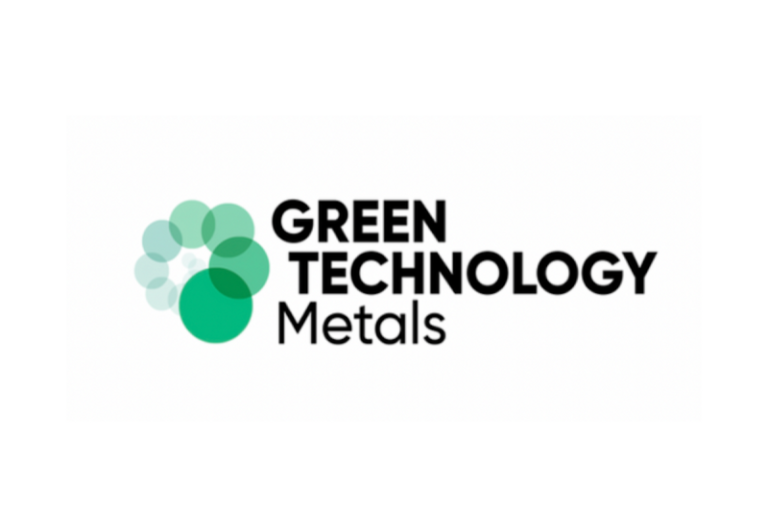Forte Minerals Corp. (‘Forte’ or the ‘Company’) ( CSE: CUAU ) ( OTCQB: FOMNF ) ( Frankfurt: 2OA ) is pleased to announce that the Board of Directors has appointed Patrick Evans as an Independent Director and Chairman of the Board.
Mr. Evans brings over 25 years of senior mining executive leadership experience, specializing in mergers and acquisitions, capital markets, and the development of world-class assets across four continents. He currently serves as Chairman of Pan Global Resources Inc.
Mr. Evans’s career includes leading multiple public companies to successful exits and significant value creation. He previously served as CEO of Dominion Diamond Mines and Mountain Province Diamonds Inc. He led the sale of several companies, including Norsemont Mining Inc. (acquired by Hudbay Minerals), Weda Bay Minerals Inc. (acquired by Eramet S.A.), and Southern Platinum (acquired by Lonmin PLC).
Mr. Evans holds degrees in arts and science from the University of Cape Town and previously served as South Africa’s Consul-General to Canada (1994–1998). His industry leadership has been recognized with both the Prospectors & Developers Association of Canada’s Viola R. MacMillan Award and the Association for Mineral Exploration’s Hugo Dummett Award .
The Board is confident that Mr. Evans’s proven track record in mergers, acquisitions, capital markets, and advancing complex multinational operations will directly support Forte as it develops its copper and gold projects in Peru. His appointment significantly enhances the Board’s independence and corporate governance oversight.
As the Independent Chairman, Mr. Evans will oversee Forte’s Board and ensure that management decisions align with the interests of shareholders and the Company’s long-term strategic objectives.
Patrick Elliott , President and CEO of Forte, stated, ‘ The appointment of Patrick Evans represents a transformational addition to Forte Minerals’ Board of Directors. As one of the most accomplished executives in the global mining industry, Mr. Evans brings a distinguished record of leading high-growth companies through major transactions, capital market success, and the development of tier-one mineral assets. His strategic insight and leadership will be instrumental as Forte advances its high-quality copper and gold portfolio in Peru and continues to unlock substantial long-term value for shareholders ‘.
Mr. Evans added, ‘Forte Minerals has built an exceptional portfolio of exploration projects in one of the world’s premier mining jurisdictions. I am excited to collaborate with the Board and management team to unlock the full potential of these assets and drive meaningful growth and value creation for all stakeholders.’
Forte Minerals would also like to extend its sincere gratitude to Mr. Doug Turnbull, P.Geo., who has resigned from the Board of Directors. Mr. Turnbull has served as an Independent Director and Chair of the Compensation Committee since 2010.
Over his fourteen years of dedicated service, Mr. Turnbull has been an integral part of Forte’s growth and governance, bringing more than 30 years of global exploration experience and thoughtful leadership to the Board. His geological expertise and steady guidance have helped shape the Company’s strategic direction from its early stages to its current milestones.
Mr. Turnbull is stepping down on excellent terms to pursue a new opportunity with VBKOM, an engineering company based in South Africa.
The Board and management wish to thank him for his longstanding commitment, professionalism, and contribution to Forte’s success, and wish him continued achievement in his new role.
Corporate Update: Option Grants
In connection with his appointment to the Board of Directors and as Independent Chair of the Company, Mr. Patrick Evans was granted 500,000 stock options. Each option is exercisable for 5 years to acquire one common share of the Company at a price of C$0.78 per share, consistent with the exercise price granted to other directors in recent stock option issuances.
The Company also granted an aggregate of 2,250,000 stock options to directors, officers, and consultants pursuant to its existing stock option plan.
In total, 2,750,000 stock options were granted. All Options are exercisable at $0.78 per share for a period of five years, subject to the terms of the plan and applicable regulatory approvals.
ABOUT Forte Minerals CORP.
Forte Minerals Corp. is an exploration company with a strong portfolio of high-quality copper (Cu) and gold (Au) assets in Peru. Through a strategic partnership with GlobeTrotters Resources Perú S.A.C. , the Company gains access to a rich pipeline of historically drilled, high-impact targets across premier Andean mineral belts. The Company is committed to responsible resource development that generates long-term value for shareholders, communities, and partners.
On behalf of Forte Minerals CORP.
(signed) ‘ Patrick Elliott’
Patrick Elliott, MSc, MBA, PGeo
President & Chief Executive Officer
Forte Minerals Corp.
info@forteminerals.co m
www.forteminerals.com
For further information, please contact:
Investor Inquiries
Kevin Guichon, IR & Capital Markets
E: kguichon@forteminerals.com
C: (604) 612-9976
Media Contact
Anna Dalaire, VP Corporate Development
E: adalaire@forteminerals.com
T: (604) 983-8847
Follow Us On Social Media : LinkedIn | Instagram | X | Meta | The Drill Down; Newsletter
Certain statements included in this press release constitute forward-looking information or statements (collectively, ‘forward-looking statements’), including those identified by the expressions ‘anticipate’, ‘believe’, ‘plan’, ‘estimate’, ‘expect’, ‘intend’, ‘may’, ‘should’ and similar expressions to the extent they relate to the Company or its management. The forward-looking statements are not historical facts but reflect current expectations regarding future results or events. This press release contains forward looking statements relating to the intended use of proceeds of the Strategic Placement. These forward-looking statements and information reflect management’s current beliefs and are based on assumptions made by and information currently available to the Company with respect to the matter described in this press release. Forward-looking statements involve risks and uncertainties, which are based on current expectations as of the date of this release and subject to known and unknown risks and uncertainties that could cause actual results to differ materially from those expressed or implied by such statements. Additional information about these assumptions and risks and uncertainties is contained under ‘Risk Factors and Uncertainties’ in the Company’s latest management’s discussion and analysis, which is available under the Company’s SEDAR+ profile at www.sedarplus.ca, and in other filings that the Company has made and may make with applicable securities authorities in the future.
Forward-looking statements are not a guarantee of future performance and involve risks, uncertainties and assumptions which are difficult to predict. Factors that could cause the actual results to differ materially from those in forward-looking statements include the continued availability of capital and financing, and general economic, market or business conditions. Forward-looking statements contained in this press release are expressly qualified by this cautionary statement. These statements should not be read as guarantees of future performance or results. Such statements involve known and unknown risks, uncertainties and other factors that may cause actual results, performance or achievements to be materially different from those implied by such statements. Although such statements are based on management’s reasonable assumptions, there can be no assurance that the statements will prove to be accurate or that management’s expectations or estimates of future developments, circumstances or results will materialize. The Company assumes no responsibility to update or revise forward-looking information or statements to reflect new events or circumstances unless required by law. Readers should not place undue reliance on the Company’s forward-looking statements.
Neither the Canadian Securities Exchange (the ‘CSE’) nor its Regulation Services Provider (as that term is defined in the policies of the CSE) accepts responsibility for the adequacy or accuracy of this release.
A photo accompanying this announcement is available at https://www.globenewswire.com/NewsRoom/AttachmentNg/d4b54275-2dff-445f-bc54-06bb0775c8e5
News Provided by GlobeNewswire via QuoteMedia


